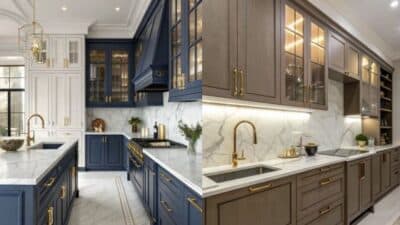Mixing design styles in a home can seem tricky, but it’s a great way to create a space that feels personal and interesting. Instead of sticking to one style, combining different styles adds depth and character. This approach gives a home a unique look that reflects its owner’s personality.
The key to mixing design styles well is to balance different elements like colors, textures, and furniture pieces to create a cohesive and inviting space. Bringing in items from different periods or aesthetics can make a room feel layered and thoughtful rather than chaotic.
By blending styles thoughtfully, a home can feel fresh and harmonious without losing its sense of comfort. Mixing styles allows creativity to shine and makes the space truly one-of-a-kind.
Principles of Mixing Design Styles
Mixing design styles works best when careful choices guide the process. It’s about knowing what speaks to you, choosing colors that tie elements together, and balancing older pieces with modern ones. These key ideas help create a space that feels both unique and organized.
Understanding Your Personal Taste
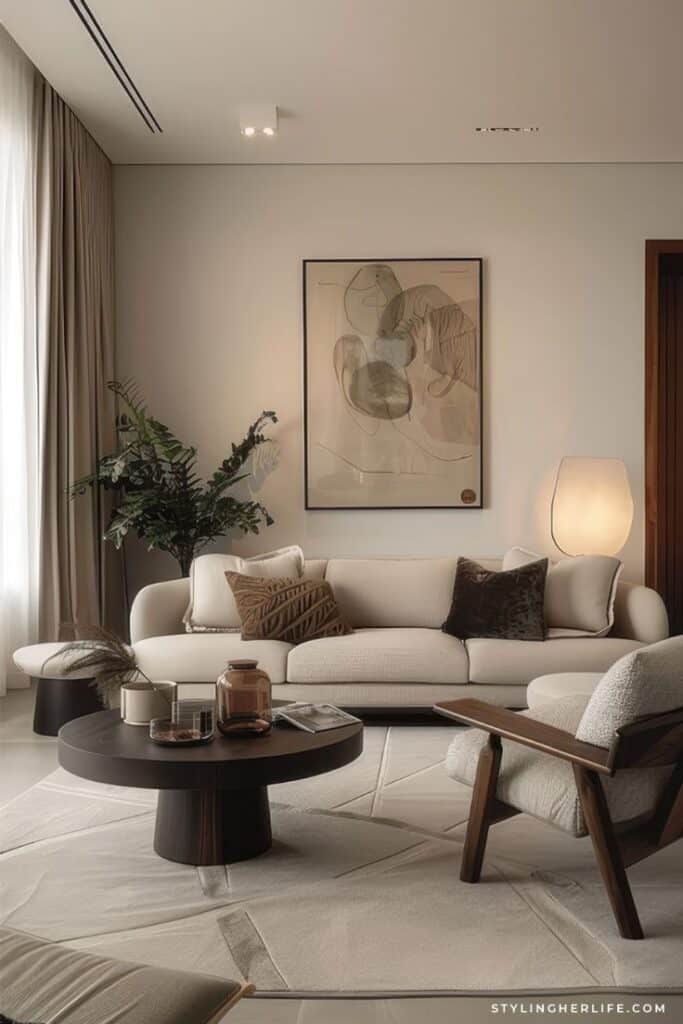
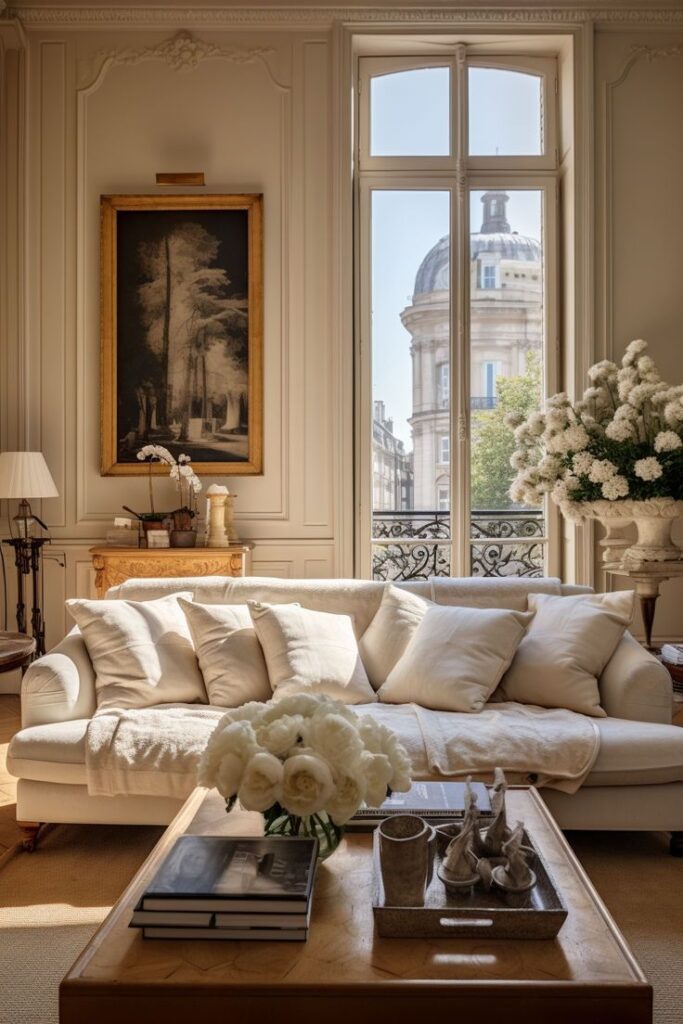
The first step is to recognize what styles truly attract. Someone might like the clean lines of modern design but also enjoy vintage charm. To blend styles well, they should list what elements feel right—like a favorite chair, artwork, or fabric.
Personal taste acts like a guide to avoid random choices. It helps decide what to keep and what to add. When people know their preferences, mixing styles becomes easier and more natural. They should focus on pieces that make them feel comfortable instead of following all trends.
Finding a Cohesive Color Palette
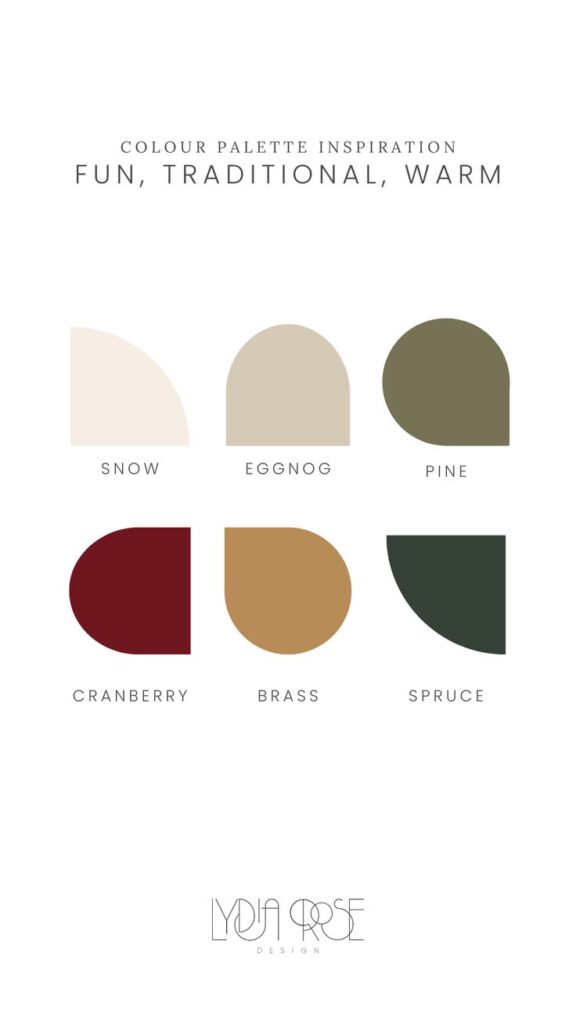
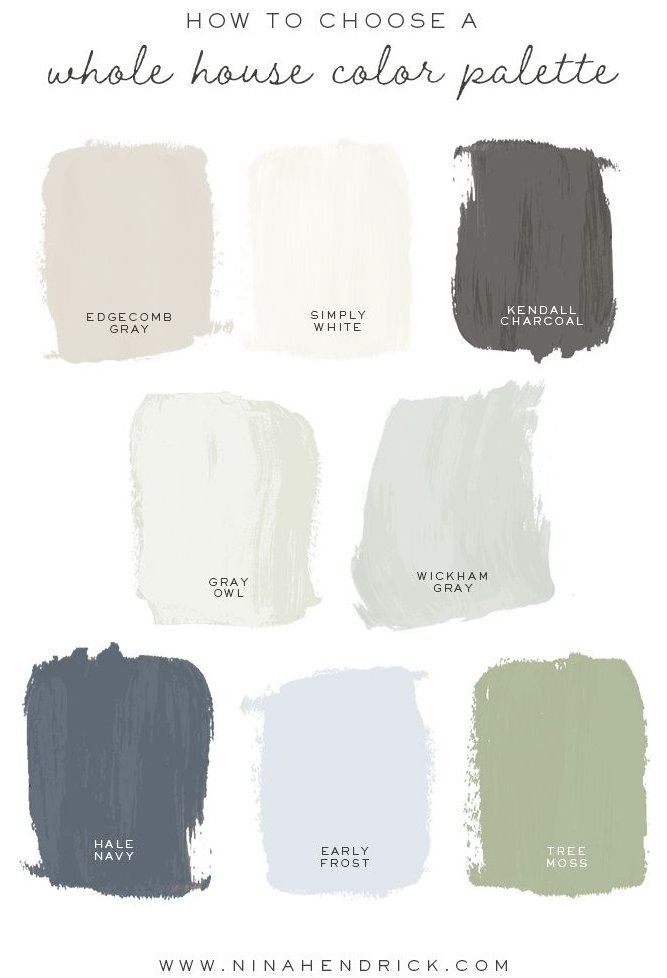
Color plays a huge role in tying different styles together. Choosing a limited color palette, usually three to five colors, keeps the room coordinated. Using neutral tones for large areas (walls, floors) allows mixing more diverse pieces without clashing.
Accent colors can be introduced with pillows, rugs, or artwork to connect styles. For example, pairing soft blues in a modern sofa with rustic wood tones in a table works well if those colors echo across the room. This helps prevent a chaotic look and adds harmony.
Balancing Old and New Elements
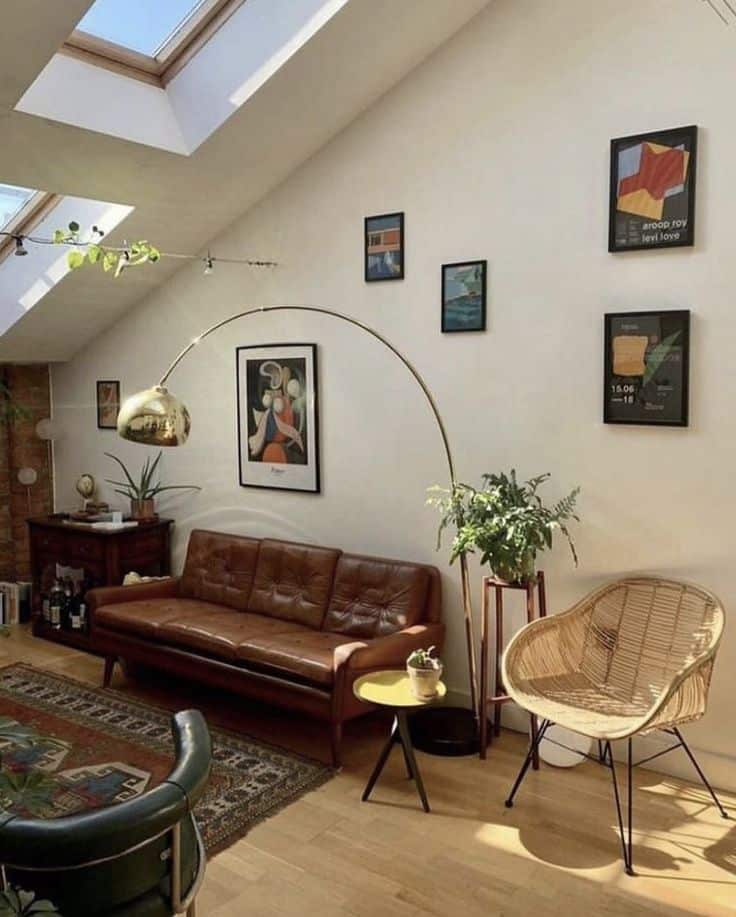
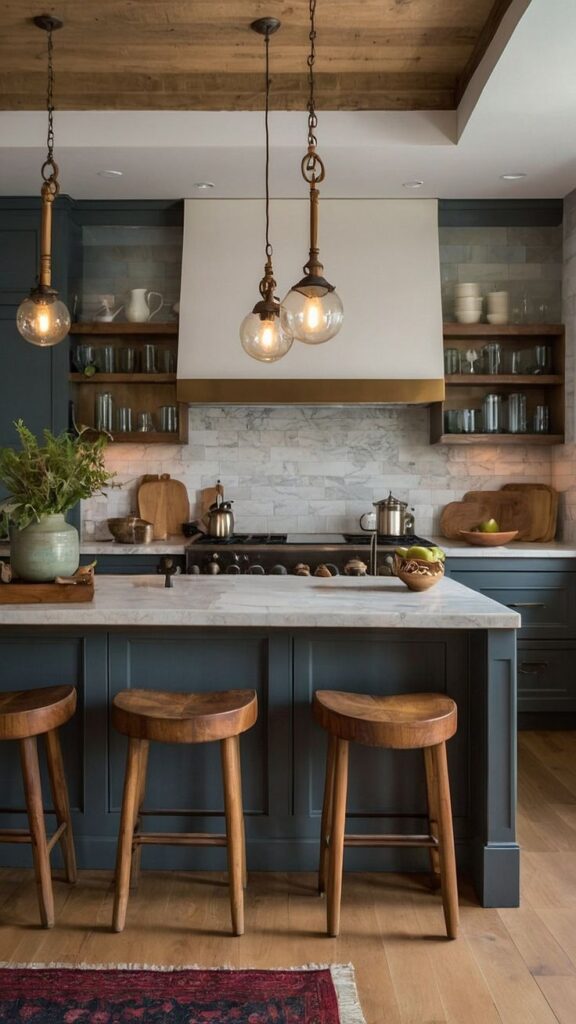
Combining old and new furniture or décor creates interest and keeps the space lively. The key is balance—neither style should overpower the other. A vintage lamp can work beside a sleek modern couch if they share similar scale or color.
Mixing textures also helps, like rough wood with smooth metal. Grouping similar items in small clusters creates focal points, making the mix feel intentional. Avoid putting too many old or new pieces in one area without balance, as it might feel unplanned or heavy.
Tips for Unifying Diverse Decor
Creating a balanced look when mixing styles means choosing key elements that bring everything together. Repeating certain colors or patterns and layering different surfaces also helps the room feel connected. These steps keep the space from looking random or chaotic.
Selecting Anchor Pieces
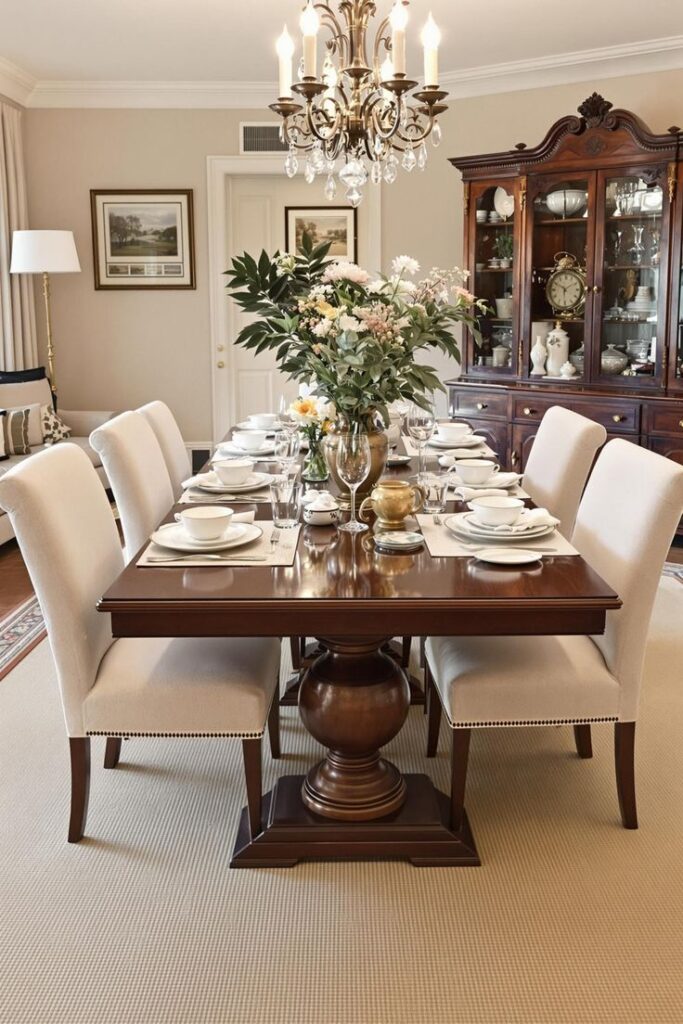
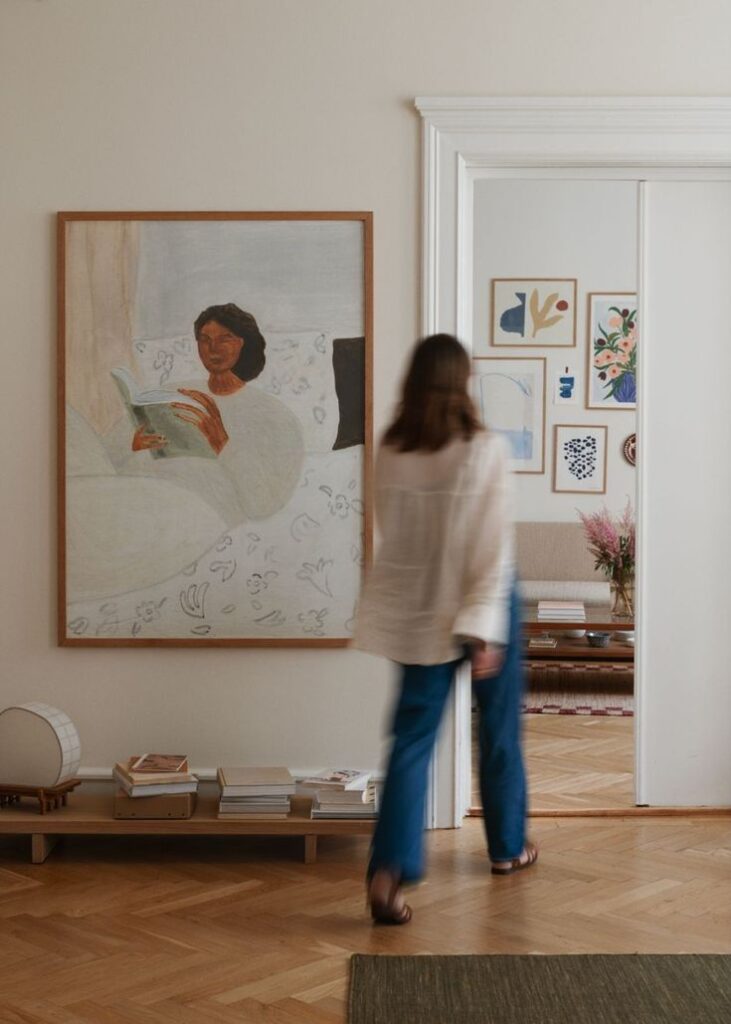
Anchor pieces are the foundation of a mixed-style room. These can be large furniture items like a sofa, a dining table, or a statement chair. Choosing pieces in neutral colors or simple shapes helps ground the space.
These anchors should complement both styles being mixed. For example, a classic wood dining table can work with modern chairs. This mix lets different styles shine while creating a visual link.
Using versatile items also works well. A large rug or artwork can serve as an anchor by drawing the eye and creating a sense of stability amid varied decor.
Using Repetition for Harmony
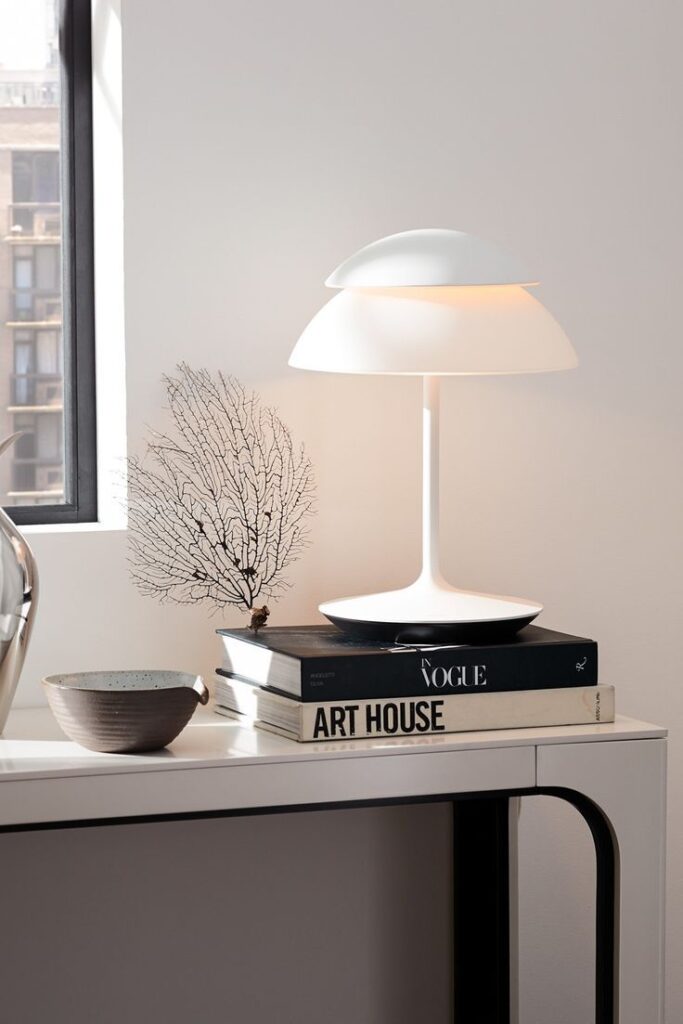

Repeating colors, patterns, or shapes ties diverse elements together. It’s not about copying exactly but using a color in pillows, curtains, or vases throughout the room.
Patterns can also unify. For instance, picking one pattern — like stripes or florals — and featuring it in several places makes the space feel planned. The pattern acts like a thread weaving through the design.
Shapes and styles of decor items can repeat similarly. Using rounded shapes on lamps, bowls, or furniture legs keeps the look cohesive. Repetition prevents the decor from feeling scattered.
Layering Textures and Materials
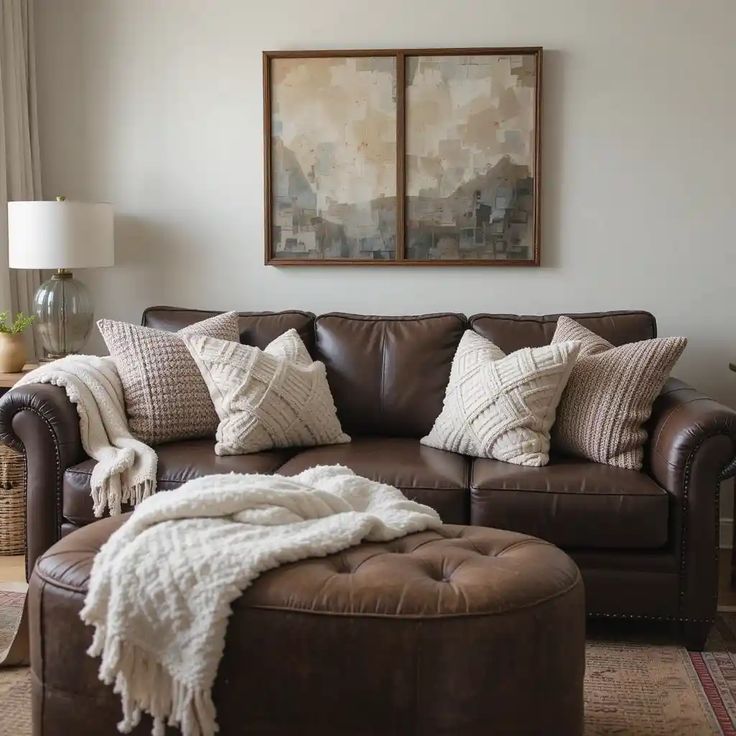
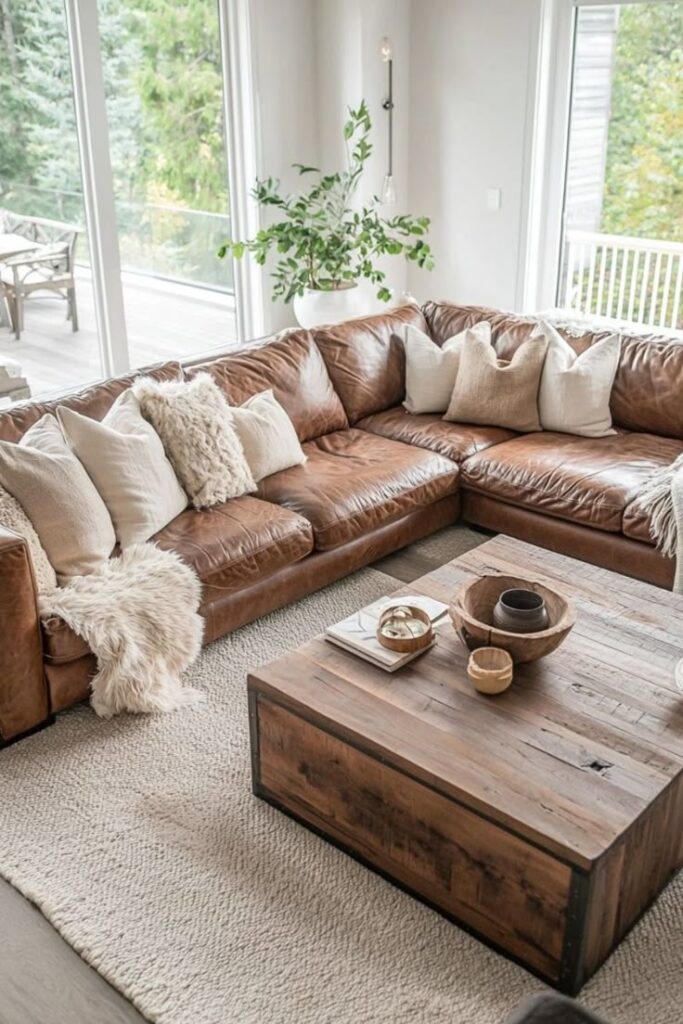
Mixing textures and materials adds depth and interest to combined styles. Think soft cushions, rough wood, smooth glass, or shiny metal placed near each other.
Layering works by balancing rough and smooth surfaces. For example, a sleek leather sofa paired with a chunky knit throw and a wooden coffee table feels inviting.
Different materials can relate by color or finish. Matte metals with natural wood or glossy glass with soft fabric create contrasts that feel intentional. The goal is to keep textures varied but balanced.
Common Mixing Challenges and Creative Solutions
Mixing design styles can be tricky, especially when different elements clash or compete for attention. Solving these challenges often requires a mix of careful balance, smart choices, and a bit of creativity. Focusing on clutter, key pieces, and patterns can help create a harmonious look.
Managing Visual Clutter
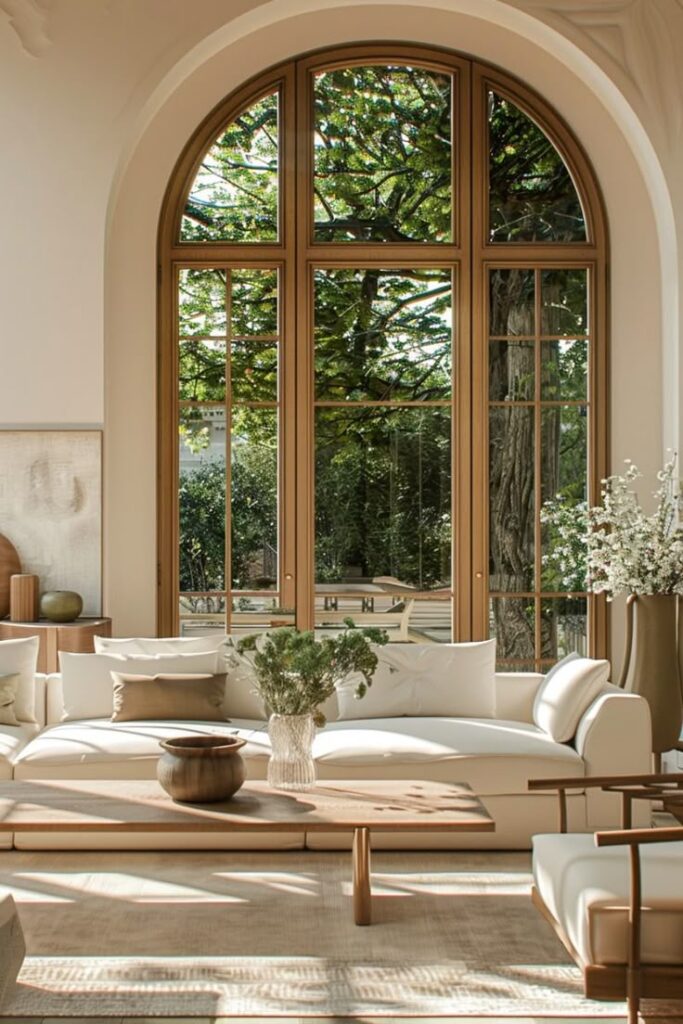
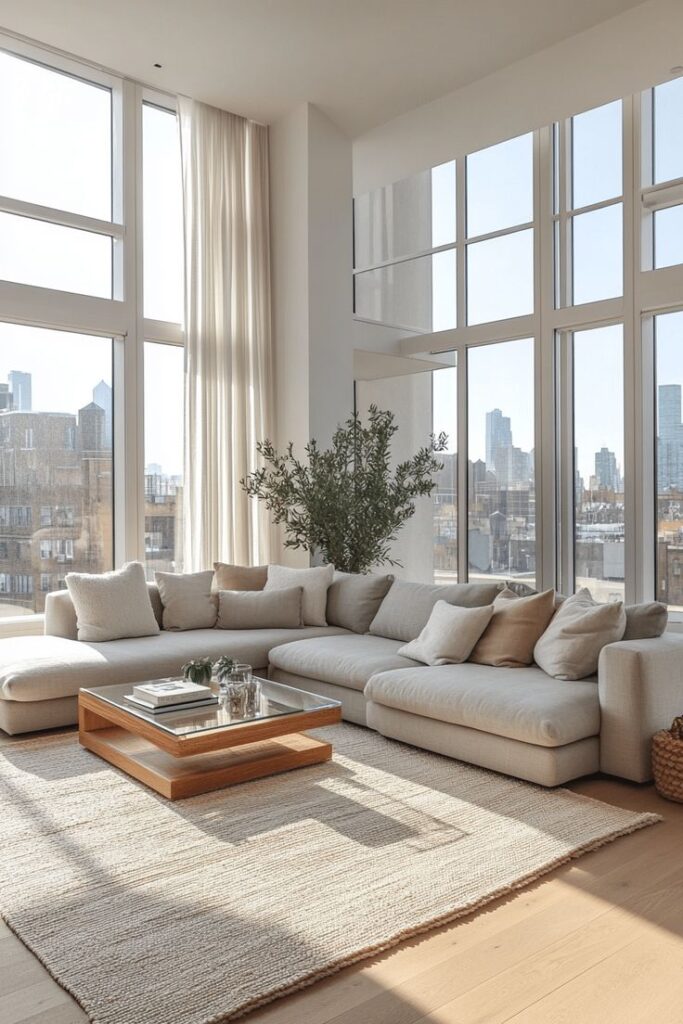
Too many styles or items can quickly make a room feel busy and overwhelming. The key is to keep clutter under control by limiting the number of design elements in one space.
A good rule is to choose a dominant style and let other pieces support it. Avoid overcrowding surfaces and walls with too many items. Using open space and clean lines can give the eye a place to rest.
Neutral colors or simple shapes can help reduce visual noise. If mixing different textures or materials, balancing them evenly around the room helps keep the space from feeling chaotic.
Integrating Statement Pieces
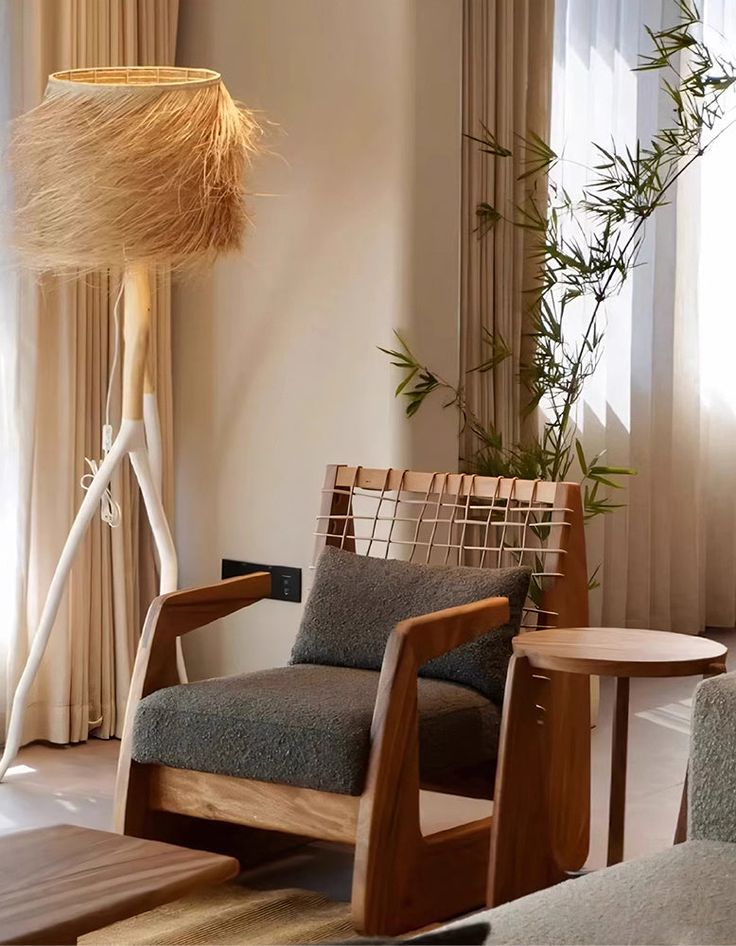
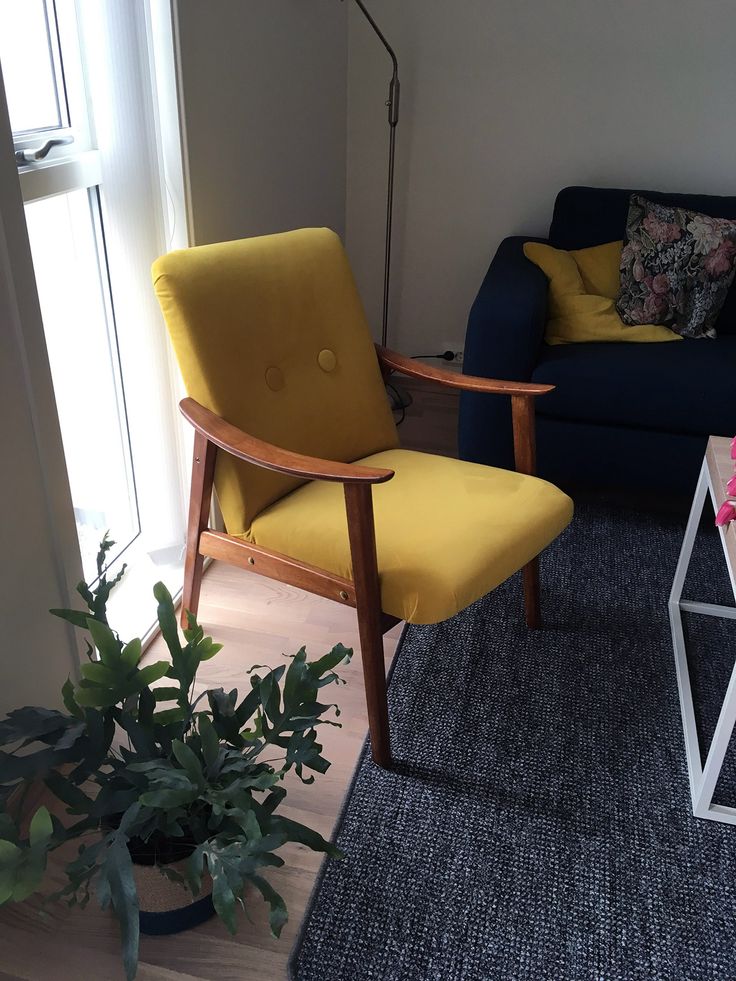
Statement pieces often define a room’s style, but mixing styles means you can’t have too many “main characters.” Choose one or two bold items to be the focal point.
For example, a vintage armchair can stand out in a modern room if paired with simpler items. Let statement pieces shine by keeping surrounding details subtle and minimal.
It’s helpful to repeat a color or shape found in the statement piece elsewhere in the room. This creates connection and prevents the piece from feeling out of place.
Blending Patterns Successfully
Mixing patterns can add fun and personality, but it can also get confusing fast. Successful pattern mixing relies on balance and a shared element like color or scale.
Patterns with the same color palette look more harmonious. Use one large pattern, like floral or stripes, and add smaller, simpler patterns nearby to avoid overwhelming the space.
Texture also plays a role—mixing soft patterns with hard textures like wood or metal helps ground the look. Keeping some plain surfaces offers rest from the patterns and improves flow.
- 168shares
- Facebook0
- Pinterest168
- Twitter0

